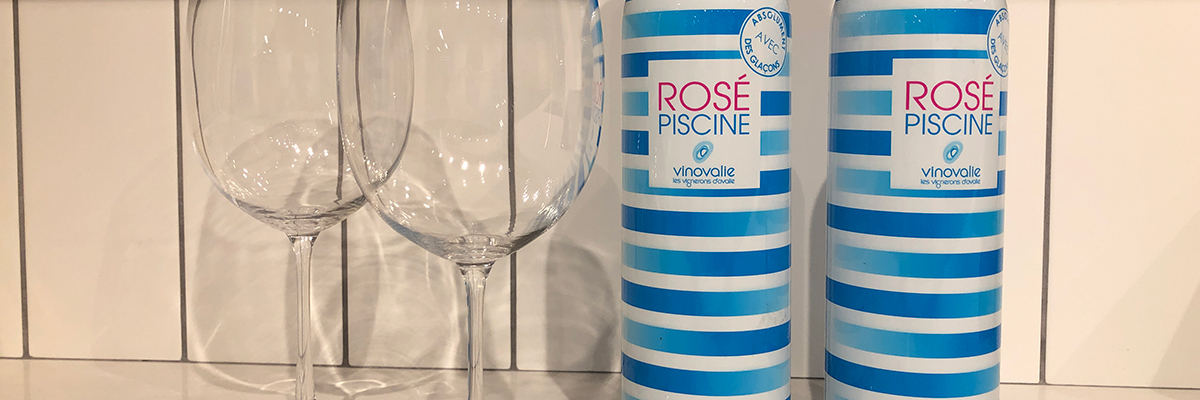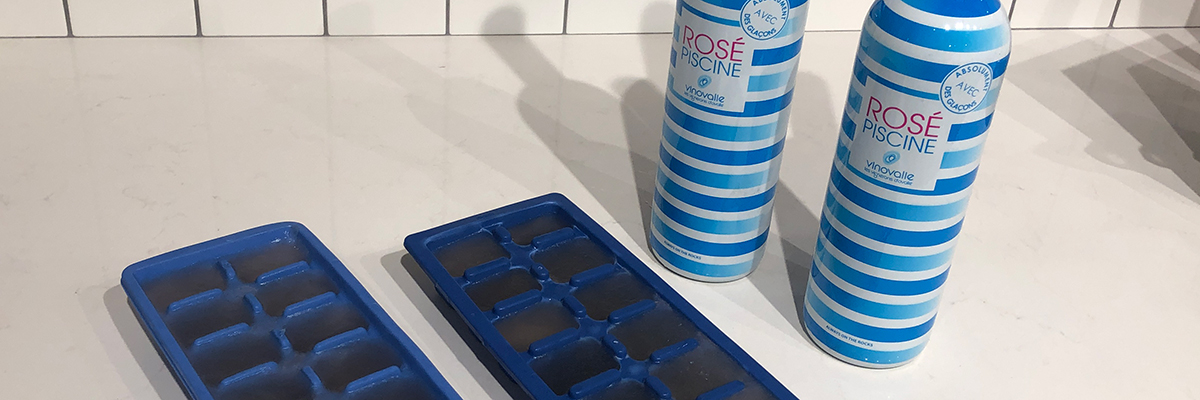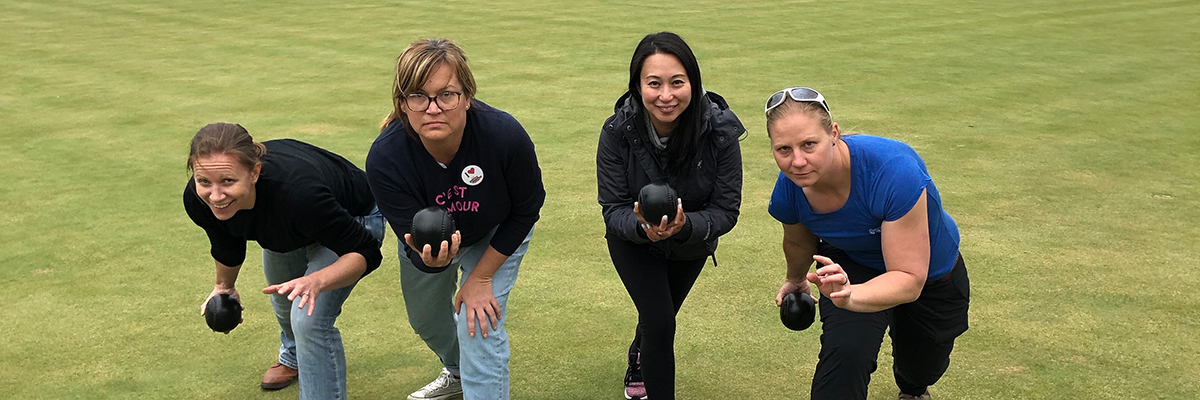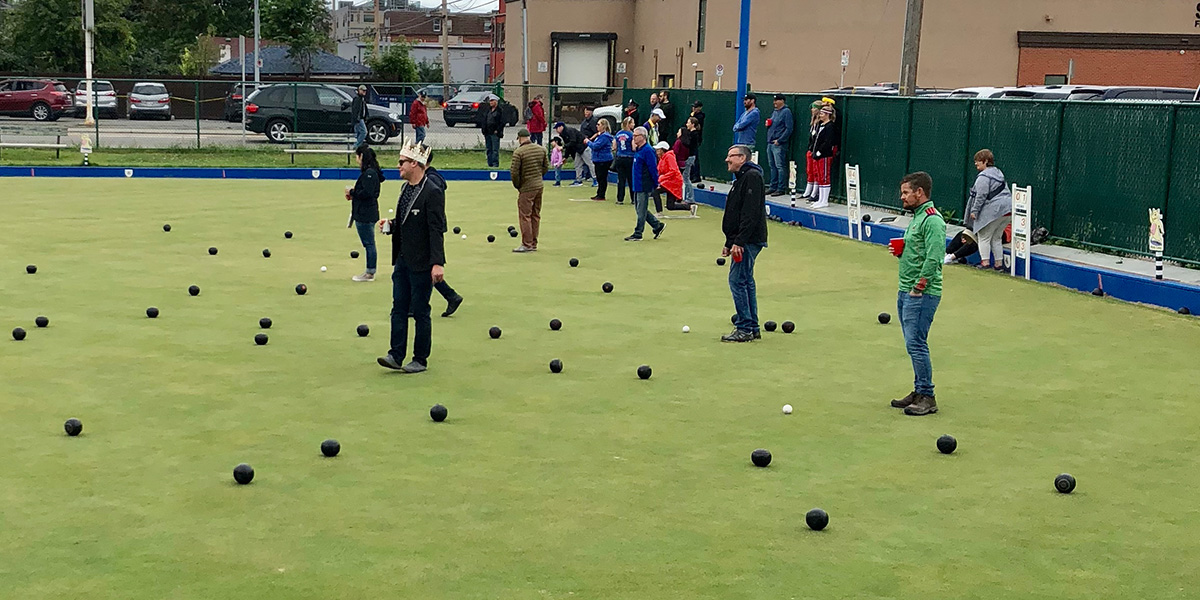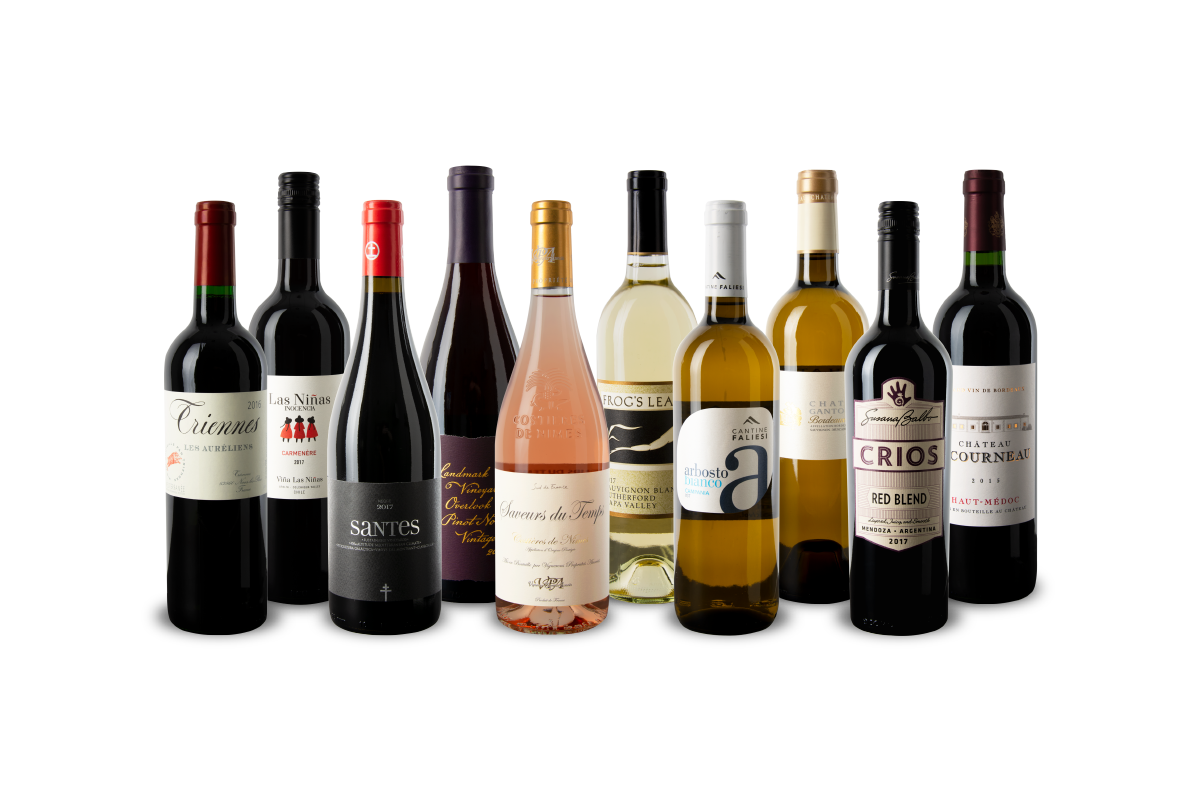Enjoying Your Wine Club During the Holidays
We are quickly approaching the end of the year and we can’t be alone in thinking how crazy it is that this decade is coming to a close! It’s been a real whirlwind, considering at the start of this decade was when WineCollective began! We’ve had the best time growing over the last 10 years, sharing wine with Canadians. It’s an honour to be included in your everyday dinners, celebratory toasts, and beyond. As the year (and decade) wind down, we think there is no better time than over the holidays to be part of a wine club. What better way to be stocked up for festivities than to have a wine club like WineCollective deliver new bottles right to your doorstep?! We hope your membership is enjoyed even more over the coming weeks and in honour of the last month of 2019, let’s take a look back on the many bottles we shared this past November.
WineCollective Featured Wine

- Ray’s Creek — Chardonnay | California, USA
- Ray’s Creek — Pinot Noir | California, USA
- Indigo Eyes — Cabernet Sauvignon | California, USA
- Casa Santos Lima — Syrah | Lisboa, Portugal
- El Casetero — Macabeo | Campo de Borja, Spain
- Joel Delaunay — Sauvignon Blanc | Loire Valley, France
- Teusner The Riebke — Shiraz |Barossa Valley, Australia
- Arloren Miriar Rubí Reserva — Monastrell | Jumilla, Spain
- Ferraton La Tournée — Vermentino, Viognier | Vin de France, France
- Spartan Hills — Malbec | Paso Robles, USA
- Jury Cellars — Cabernet Sauvignon | Oakville, USA
- Longfellow — Grenache Blanc | Napa Valley, USA
We hope you loved the wines you received and members don’t forget: shop the WineCollective online store to stock up on your favourites from the month. If you aren’t a WineCollective member, you’re missing out on some really great wine! What are you waiting for?! See you next month when we recap all the amazing October wine or check out last month to see what else we shared!









